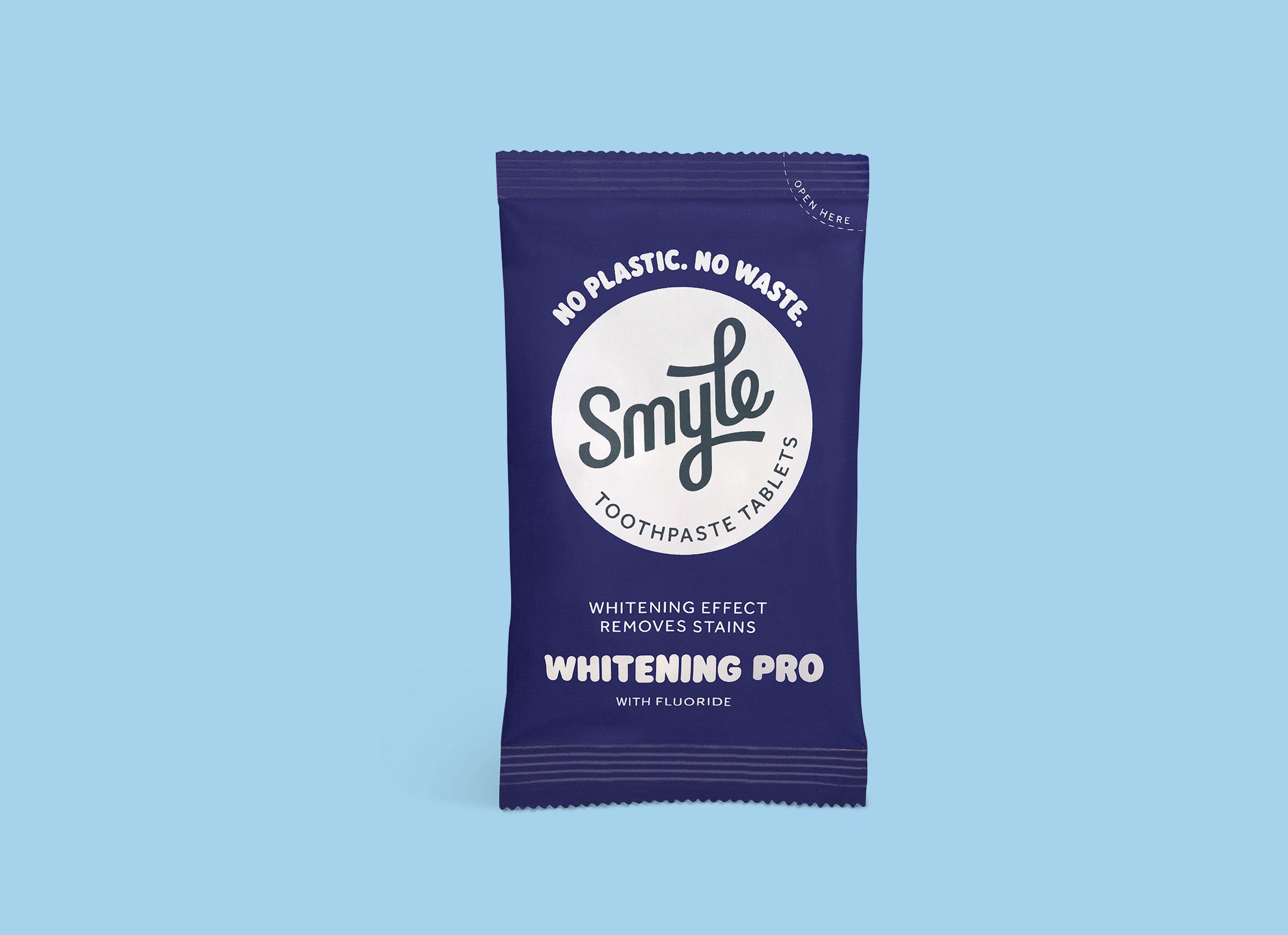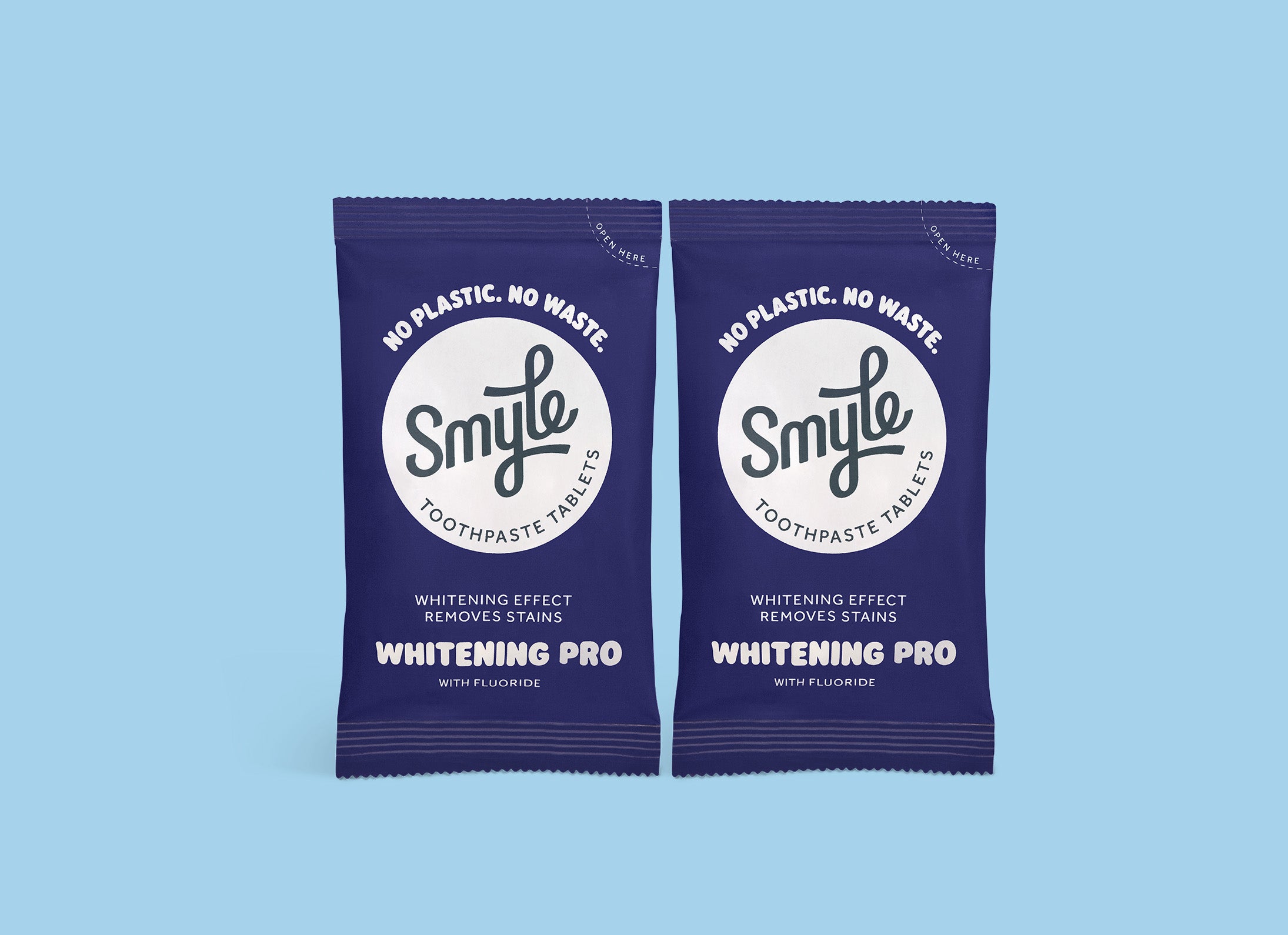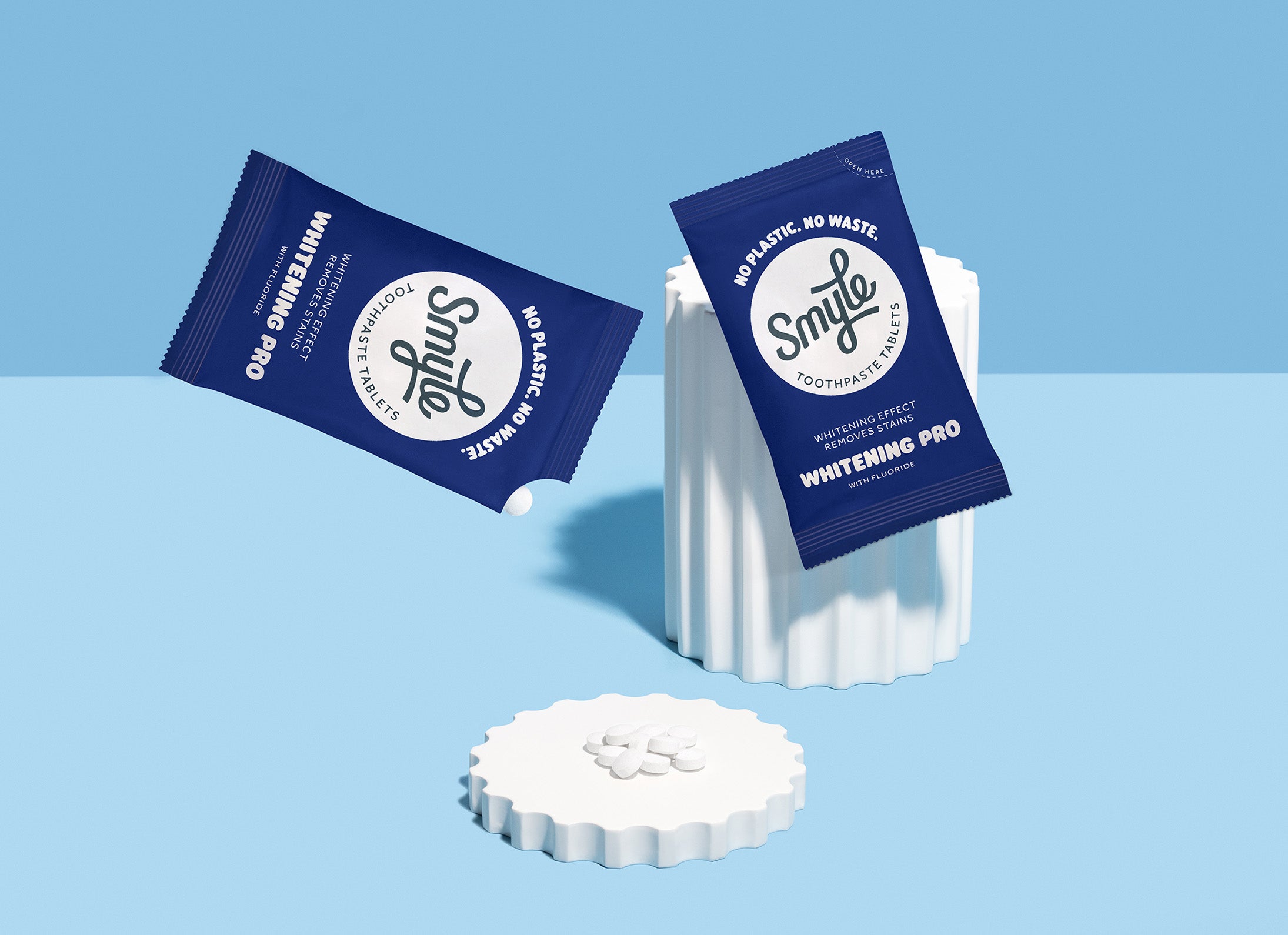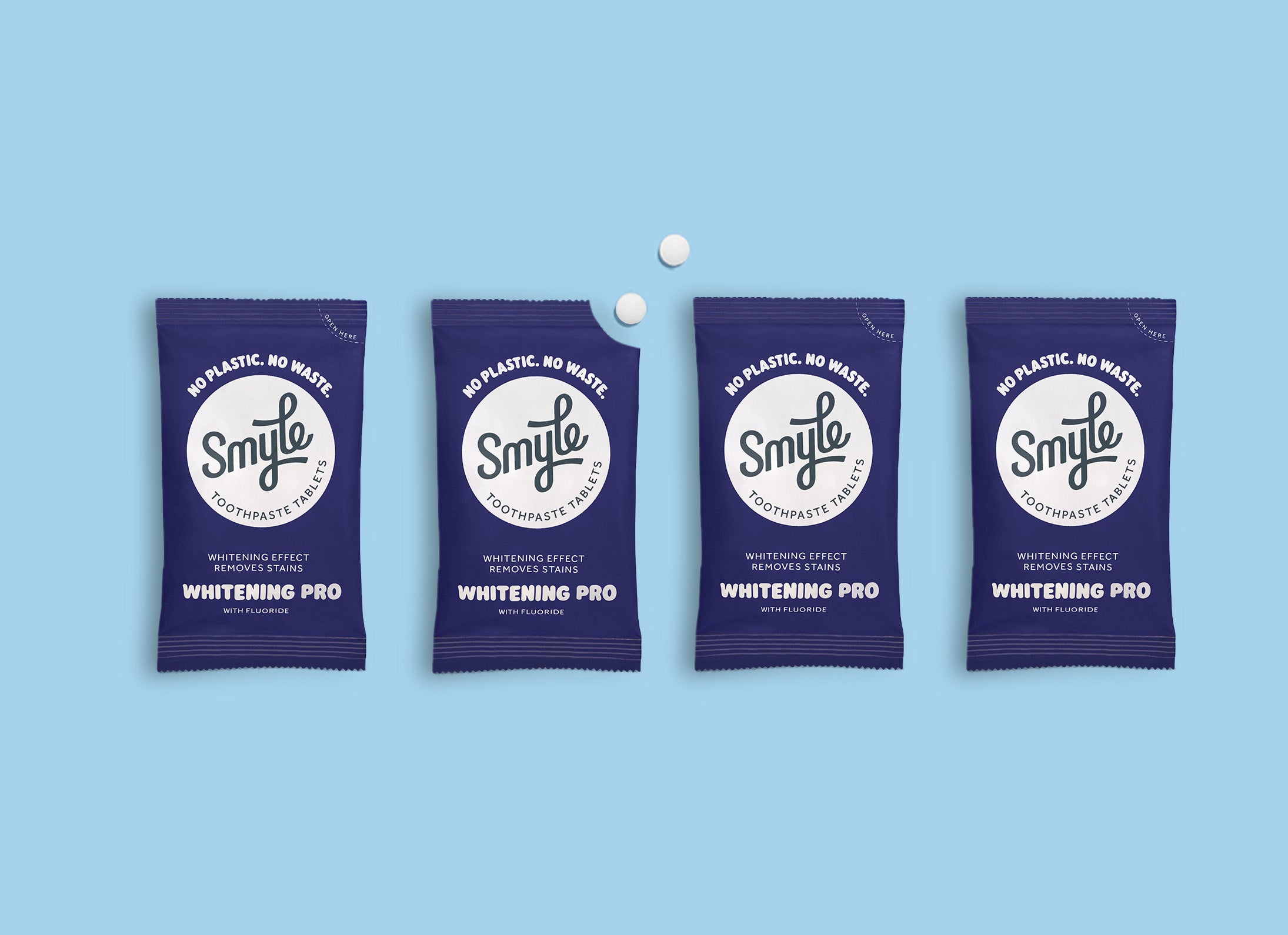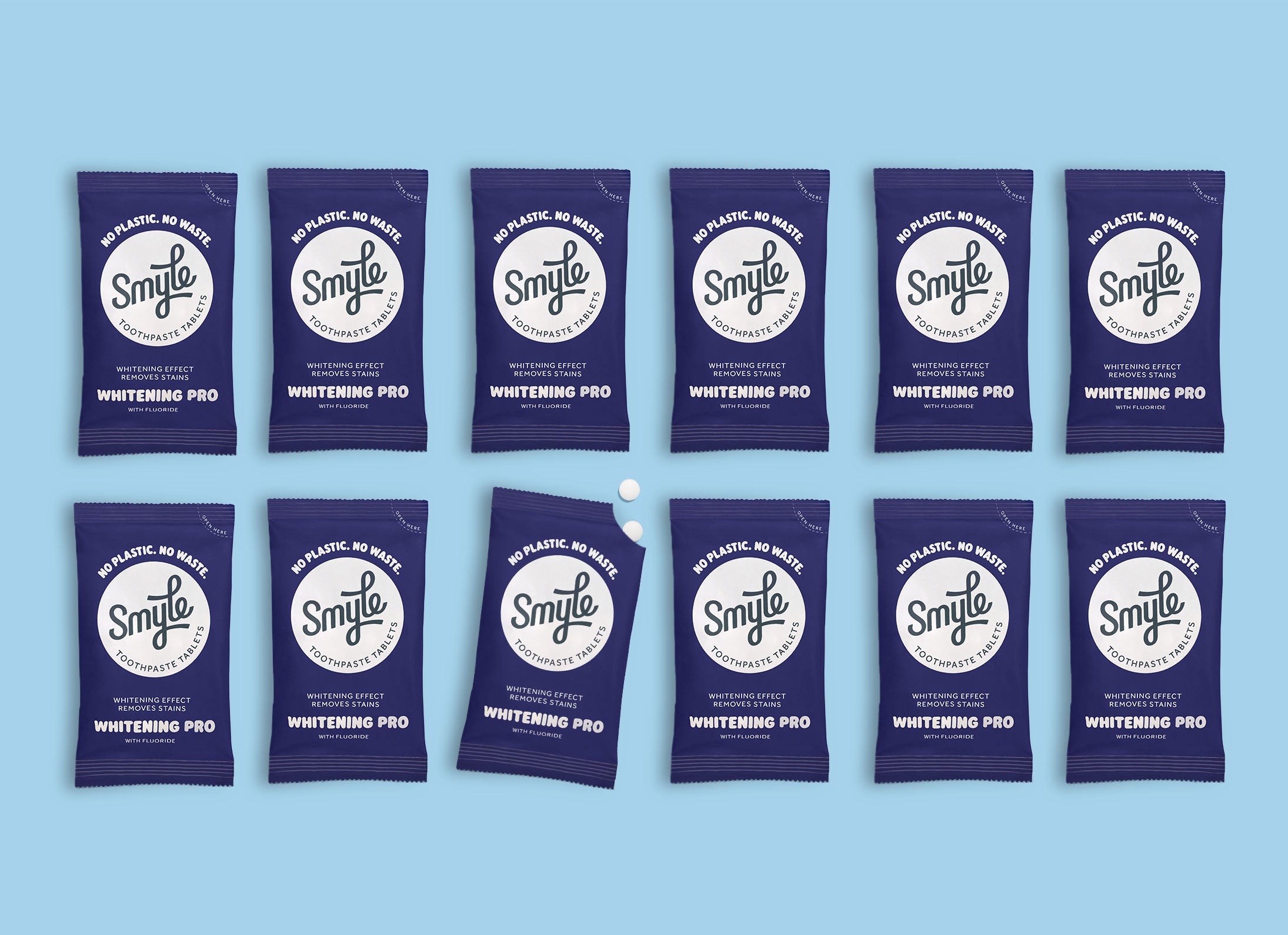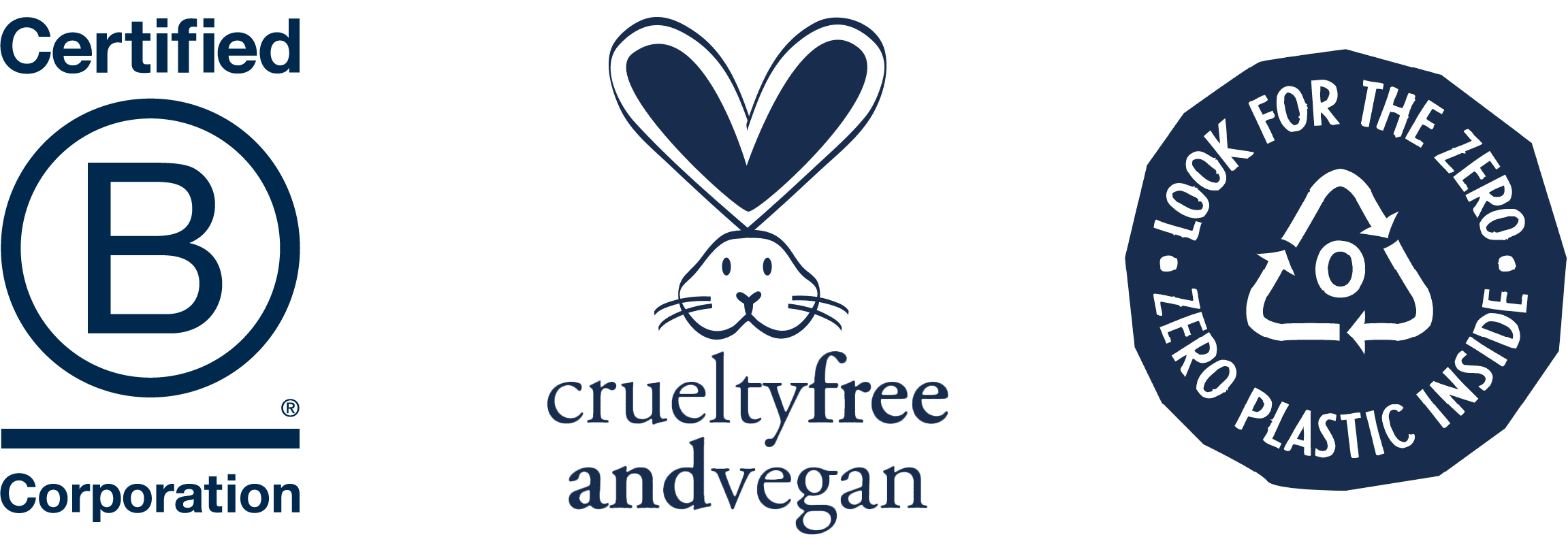
We brush and floss daily to keep our teeth clean and healthy. In addition, we also visit the dentist regularly. Here, our oral hygiene is thoroughly examined, and we receive a dental cleaning. This is where teeth polishing comes into play. Have you ever heard of teeth polishing and wondered what it exactly involves and how it is done? Smyle explains everything to you.
What is teeth polishing?
Teeth polishing is a dental procedure performed by the dentist to make the surfaces of the teeth smoother and shinier. It is a cosmetic treatment that is often done after cleaning the teeth.
What happens during this procedure?
The teeth polishing procedure usually begins with a thorough cleaning of the teeth to remove plaque and tartar. Then, the polishing of the teeth begins. This is done using special polishing materials, such as a rotating brush head or a polishing cup attached to a handpiece. These materials are often combined with a special polishing paste that helps remove surface stains and restore the shine of the teeth. The dentist or dental hygienist carefully moves the polishing instrument over the tooth surfaces, including the front, back, and sides of each tooth. Through this step-by-step procedure, the teeth can be thoroughly polished and achieve a smooth, shiny surface. Teeth polishing can take place during a regular check-up appointment or as part of a cosmetic dental treatment. It is strongly recommended to have this procedure done by a professional, as they have the proper expertise and experience to achieve the best results.
Benefits of Teeth Polishing
Teeth polishing offers several advantages for both oral health and the aesthetics of your teeth:
Removal of Plaque and Tartar
First and foremost, teeth polishing helps remove plaque and tartar, two common problems that can accumulate on the surface of your teeth. Plaque is a sticky layer of bacteria that builds up throughout the day, while tartar forms when plaque hardens over time. Regular teeth polishing effectively removes these unwanted accumulations, significantly reducing the risk of tooth decay and gum disease.
Improvement of Oral Health
In addition, teeth polishing contributes to the overall improvement of oral health. By removing plaque and tartar, the gums become healthier, and the risk of inflammation is reduced. A healthy mouth is not only crucial for maintaining strong teeth but also impacts the overall health of the body. Regular polishing of your teeth can thus help maintain a healthy oral cavity.
Increased Confidence
Beyond the health benefits, teeth polishing also offers aesthetic advantages. Removing surface stains and discolorations during the polishing process can result in enhanced shine and brighter teeth. This leads to a fresher and more attractive smile. For those who are concerned about the appearance of their teeth, teeth polishing provides a non-invasive and affordable option to improve aesthetics and boost confidence when smiling and interacting with others.
Is Teeth Polishing Completely Safe?
Teeth polishing is generally considered a safe procedure. However, it is important to be aware of a few potential side effects that can occur. One possible side effect is tooth sensitivity, particularly in people who naturally have sensitive teeth. This sensitivity may occur temporarily after polishing, but it is usually short-lived and subsides over time.
Another consideration is that teeth polishing could potentially cause damage to dental fillings or restorations, such as crowns or veneers. Therefore, it is crucial to consult with experienced professionals who use the correct techniques and materials to minimize any potential damage. Additionally, it's important to inform your dentist about any existing dental issues, such as loose fillings or cracked teeth, before deciding to have your teeth polished.
Alternatives to Teeth Polishing
In addition to teeth polishing, there are alternative methods to improve the shine and aesthetics of your teeth, such as teeth whitening treatments. These can remove surface stains and discolorations, making the teeth appear whiter and brighter. Teeth whitening products range from toothpaste and strips to in-office bleaching treatments at the dentist’s office. Additionally, there are dental procedures like veneers and facings that can cover imperfections like crooked teeth, stains, or chips. It's important to seek professional advice to determine the most appropriate option and to have a tailored treatment plan created.
Good Oral Hygiene
Regular visits to the dentist, including teeth polishing, are crucial for maintaining optimal oral health. But don't forget to contribute your own efforts as well:
- Brush your teeth at least twice a day for about two minutes.
- Use fluoride toothpaste when brushing your teeth.
- Floss your teeth after brushing to remove food particles and plaque between your teeth.
- Add a tongue scraper to your oral care routine to help remove bacteria from the surface of your tongue.
- Consider using an antibacterial mouthwash to provide extra protection against plaque and gum problems.
- Limit the consumption of sugary foods and drinks.
- Avoid smoking and limit alcohol use.
By consistently following good oral hygiene practices, you can help maintain a healthy mouth and optimize the results of teeth polishing during your dental visits.
A Shining Smile Through Teeth Polishing
When aiming for a radiant smile and optimal oral health, it’s important to explore the available options to enhance the shine and aesthetics of our teeth. Teeth polishing is an effective procedure that removes plaque and tartar while contributing to a sparkling smile. Fortunately, there are also plenty of alternatives available, such as teeth whitening products and various dental procedures. Remember, it's always wise to seek professional advice and collaborate with dental experts to determine the best approach tailored to our unique needs and goals. By taking our oral health seriously and exploring the available options, we can enjoy a radiant smile and a confident appearance!



































